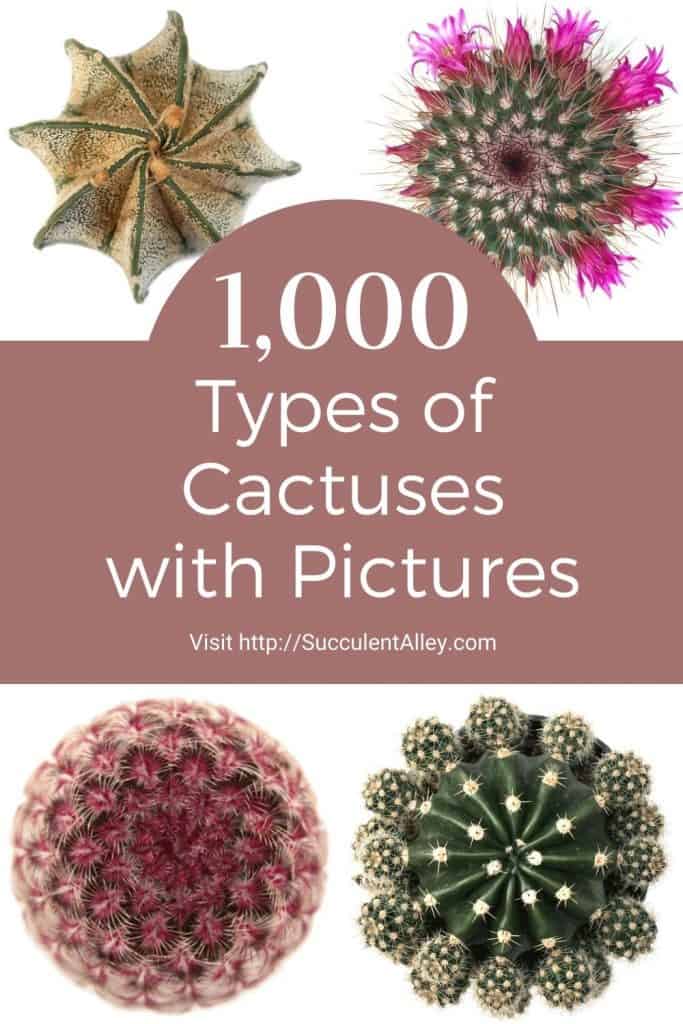

The tree is a source of wood for making charcoal. The toxic sap is used to cauterise ulcers and as a purgative. Native to Eritrea, Northern Ethiopia, Somalia and Sudan, growing on stony soils at elevations of up to 4800ft. The oval fruits are red and fleshy, up to an inch long. Ephemeral leaves and yellowish-green cyathia are produced along the angle edges near the growing tips. Younger stems have a dark green colour and 4 - 8 deep angles with pairs of spines along their somewhat undulate edges.

This candelabra-like succulent tree grows up to 30ft tall with the main stem supporting several upright branches, which become corky with age. Name: after Abyssinia, the former name of Ethiopia References: Toxicity of Euphorbia latexĮuphorbia abyssinica Gmelin 1791 (Desert Candle, Kol-Qual) At other times a balanced fertiliser is suitable. However, succulent Euphorbias, especially those with leaves, appreciate a dose of high nitrogen fertiliser at the start of their growing season. A very gritty compost suits most species, especially caudiciforms and those with fleshy roots.

Watering should be very sparing during the winter, especially for caudiciform species unless they can be kept warm and in growth.
Succulent soft thorns id full#
Some succulent Euphorbias bleed latex easily and it is advisable to spray plants with water from a hand sprayer after moving them to stop this.Ĭultivation: Most succulent Euphorbias require warmth and full to partial sun. When taking cuttings latex can be stopped from bleeding by dipping the cut surface in water which coagulates the latex.
Succulent soft thorns id skin#
The sap should be washed off the skin without delay and eye contamination avoided at all costs. Many Euphorbias have a milky sap that contains latex and irritating toxins including diterpene esters, alkaloids, glycosides, and ricin-type protein toxins, depending on the species.
:max_bytes(150000):strip_icc()/christmas-cactus-4176983-8-f13c2729c1fd40d5a26c4f41ac092a5f.jpg)
Fruits are three-lobed and dehiscent, sometimes splitting apart explosively to distribute the seeds. However, Euphorbia spines are in pairs compared to the distinctive areoles bearing spine clusters on Cactaceae. Some of the succulent species are very spiny, resembling Cactaceae at a first glance. The genus Euphorbia include diverse lifestyles including caudiciforms, stem succulents, shrubs and trees and some excellent frost-hardy non-succulent garden plants. Monadenium, and Pedilanthus are grouped separately below as their distinctive morphology makes a useful division. The obsolete genera Endadenium, Monadenium, Pedilanthus from tropical America, Phyllanthus, and Synadenium have been merged into Euphorbia, but will be encountered often in old books and on plant labels. The 850 succulent species are mainly native to Africa and Madagascar with a few in India and other hot countries. The genus Euphorbia includes around 2000 species. Named for: Euphorbus, Greek physician to King Juba II of Mauretania (ca. Click on the pictures below for a higher quality image. Euphorbia latex is commercially exploited, with Hevea brasiliensis (rubber tree) the main species grown in plantations throughout the tropics, especially Malaysia and SE Asia.Other important Euphorbiaceae include Ricinus communis (Castor Oil Plant), Manihot esculenta (Cassava) cultivated for its starchy root and Euphorbia pulcherrima (Poinsettia). The milky sap of many species contains latex. Euphorbia obesa may produce a mixture of male, female and bisexual flowers. However, some species of Euphorbia have separate male and female plants and some species e.g. The cyathium may be surrounded by brightly coloured bracts that give the appearance of a large flower. The flower is technically known as a cyathium, consisting of a cup-like involucre containing a single pistil (female flower) surrounded by male flowers, each contributing a single stamen. The Euphorbiaceae have very distinctive small cup-shaped compound flowers. The spurge family takes its name from the genus Euphorbia that includes many choice succulent plants of interest to the collector. The Euphorbiaceae is a very large, widely distributed family including around 300 genera and 7700 species, mainly non-succulent herbs, shrubs and trees found in temperate, sub-tropical and tropical climates.


 0 kommentar(er)
0 kommentar(er)
